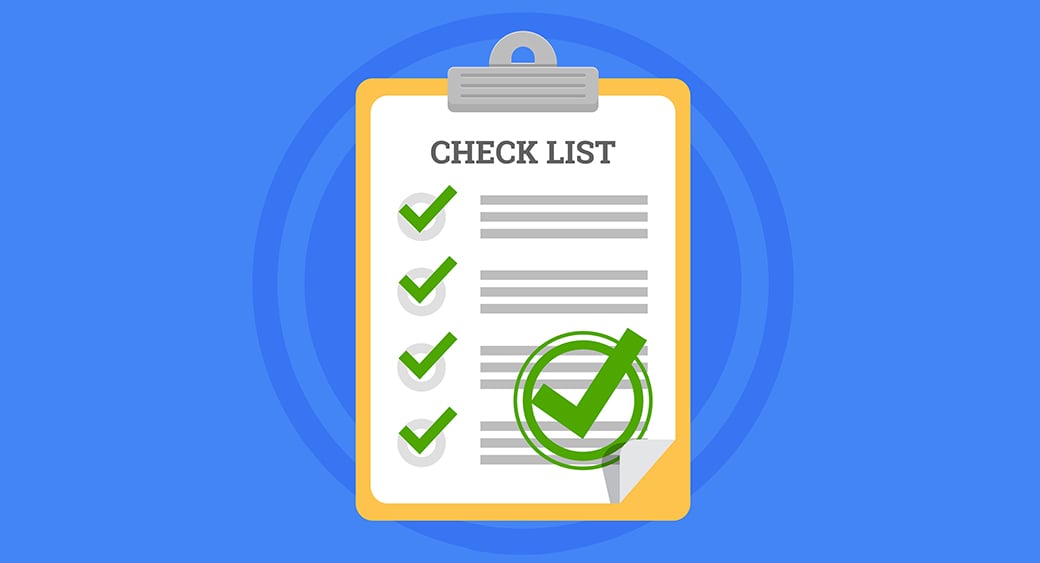

Press Interviews
When organising an interview you need to find out what are the topics the journalist wants to talk about and how much time they need.
Press Conferences and Receptions
Press conferences are ideal for events or announcements of major importance. They are not for trivial matters and once anyone has acquired the reputation of calling a press conference without real justification for it, they will find that attendance dwindles. They are not for the vanity of the CEO but for the press.
They have the value of enabling journalists to question senior managers or directors on major announcements or developments and to ensure that everyone has the same consistent replies. Consistency of message is less likely when journalists are spoken to individually.
Conferences are useful for announcing the results of a large publicly quoted company or for a major investment or other initiative. They can pull together the organisation’s reaction to a crisis or major accident.
A rehearsal before the conference with people adopting the role of journalists and challenging statements by those who will be fronting the conference is a good idea.
Press receptions are a useful way of meeting journalists informally, especially if any development does not justify a full-blown press conference.
The main points of organising a Press conference are:
- Only select and invite those likely to be interested
- Let those being invited know the purpose of the event. If many refuse then the event is not worth it
- All guests should sign in to provide a record of those attending
- Hosts should be kept to a minimum and they must be briefed on who is attending and any likely issues or interests
- Speakers should rehearse the day before
- A programme stating starting and finishing time is useful. Lunch time events should end by 2.30
- Journalists unable to attend should have material distributed at the function sent to them
- Place any statements and photographic material from the conference on the organisations web site
- Timing must be convenient for those being invited.
Clashing with another event should be avoided, especially if run by a competitor.
A checklist for effective press relations
- Media contact lists must be up to date
- Stories must be angled for different audiences, whether these are identified by their location, interests, age or sex
- A press conference or briefing should only be called when the story is sufficiently important. Directors or senior managers taking the conference must be briefed and rehearsed
- Draft legislation, the budget and official statistics are examples of opportunities for a company to provide comment. The press will favour those organisations able to provide sound, reasoned comment
- Research or other insights can be offered to the media to maintain the relationship when other stories are few and far between
- Good photographs are important to illustrate stories
- A photograph library of essential items and of people for whom a photograph might be required on demand improves efficiency
- Maintain and keep up to date your web site
- Product or service brochures can be provided to the media if this will help them
- Quotes should be attributed to someone of sufficient authority and interest to the press and they should be available for interview whenever possible
- Further opportunities such as background articles or features, interviews or photographic opportunities should always be considered
- A contact name must be provided on any material sent to the press, including an out-of-hours telephone number
- Clashing with major events or announcements by competitors should be avoided
- A photographer should be commissioned for major events in case the journalists attending are not accompanied by a press photographer
- Action photographs should be used showing products at work. Use people to provide scale and interest

career - your passport to professionalism...
If you have a query about events, click here...



